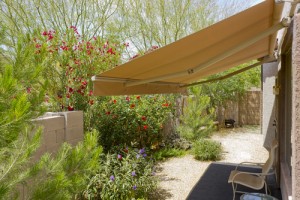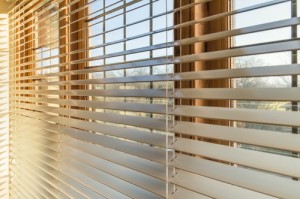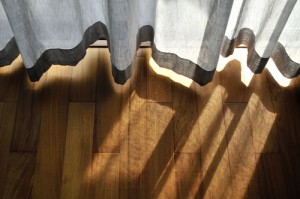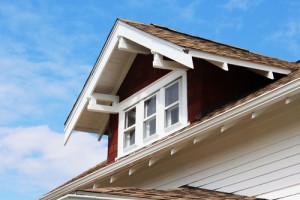How to Choose the Best Siding for Your Dream Home
When planning to build your dream home, there are many decisions to be made. Options for house siding are many, and each has its share of benefits and drawbacks.
Wood
Wood is the classic siding choice, and has many applications. Clapboards (horizontal siding), shingles, and board-and-batten are all popular choices and have been used for hundreds of years. Wood siding requires some regular maintenance depending on the way you use it, but it is quite durable and aesthetically pleasing.
Synthetic options exist as an alternative to the cost of using wood siding. Cement fiber, seamless steel, and engineered wood are some oft-used choices, and they boast longer lifespans with less maintenance.
Stucco
A mixture of cement, water, and inert materials like lime or sand make up the material known as stucco. It is painted on the side of a building and can be tinted any color you wish, negating the need to paint your walls in the future. It is very inexpensive and long-lasting and can easily be applied by the savvy DIY-er.
Brick
Few siding options gave that classic old-fashioned look like brick does. Known for its durability and strength, many old buildings sided with brick are still standing and in good working order today. Brick is heavy and can be expensive, and installation labor will add to the cost of the materials. Synthetic brick veneers are available at a lesser cost and are thought to maintain well over the years, but the material has not been on the market long enough to test this claim.
Vinyl
Vinyl siding is an inexpensive, durable, and low-maintenance option often used in houses. Made of PVC plastic and tinted throughout, scratches and nicks are difficult to spot, but vinyl will eventually fade and possibly crack as the years go by. It is lightweight and easy to install and requires very little prep work beforehand.
Stone
Siding the full exterior of your home with stone is impractical and prohibitively expensive, but for hundreds of years houses were built entirely out of this durable material. Home owners today will often use stone as an accent and even this truncated application can be costly to purchase and install. Synthetic options are on the market that can bring the cost down but aesthetically there is some debate about whether or not the look of synthetic stone is close enough to the real thing to be a good alternative.
Whichever option you choose for your dream home, spend some time researching your options. You’ll want to consider the cost of materials, installation, labor and prep work required, and overall longevity of your chosen material as factors in your decision.







